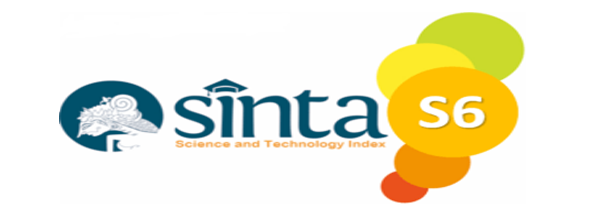The Spectrum of Sensory Disorders in Humans: A Review of the Literature
DOI:
https://doi.org/10.51178/invention.v6i1.2484Keywords:
Anisometropia, Cataracts, Digital Eye Strain, Glaucoma, Ensory Disorders Visual DisturbancesAbstract
This literature review aims to explore the spectrum of visual sensory disorders in humans, focusing on major disorders such as cataracts, glaucoma, and anisometropia. This condition is one of the leading causes of vision impairment and blindness globally, especially in developing countries. The study synthesizes findings from recent national and international scientific publications to identify the causes of preventable and unpreventable visual dysfunction. Cataracts, often associated with aging and systemic diseases, remain the most common cause of blindness but can be treated through surgical interventions such as phacoemulsification. Glaucoma, known for its asymptomatic progression, causes irreversible damage to the optic nerve and requires early detection and ongoing treatment. Anisometropia, a refractive disorder that results in different visual inputs between the eyes, poses a risk of amblyopia if not treated early. In addition, the study highlights the increasing incidence of visual impairment due to excessive use of digital devices, especially among children, emphasizing the importance of precautions such as regulated screen time and regular eye check-ups. These findings emphasize the important role of early intervention, public awareness, and access to quality eye care in reducing the burden of visual impairment. The review also underscores the need for policy and research support to improve treatment strategies and maintain visual health in the digital age.
Downloads
Published
Issue
Section
License
Copyright (c) 2025 Suci Siregar, Mentari Manalu, Efimah Sidabutar, Tania Valentina Pasaribu, Melva Silitonga

This work is licensed under a Creative Commons Attribution-ShareAlike 4.0 International License.











